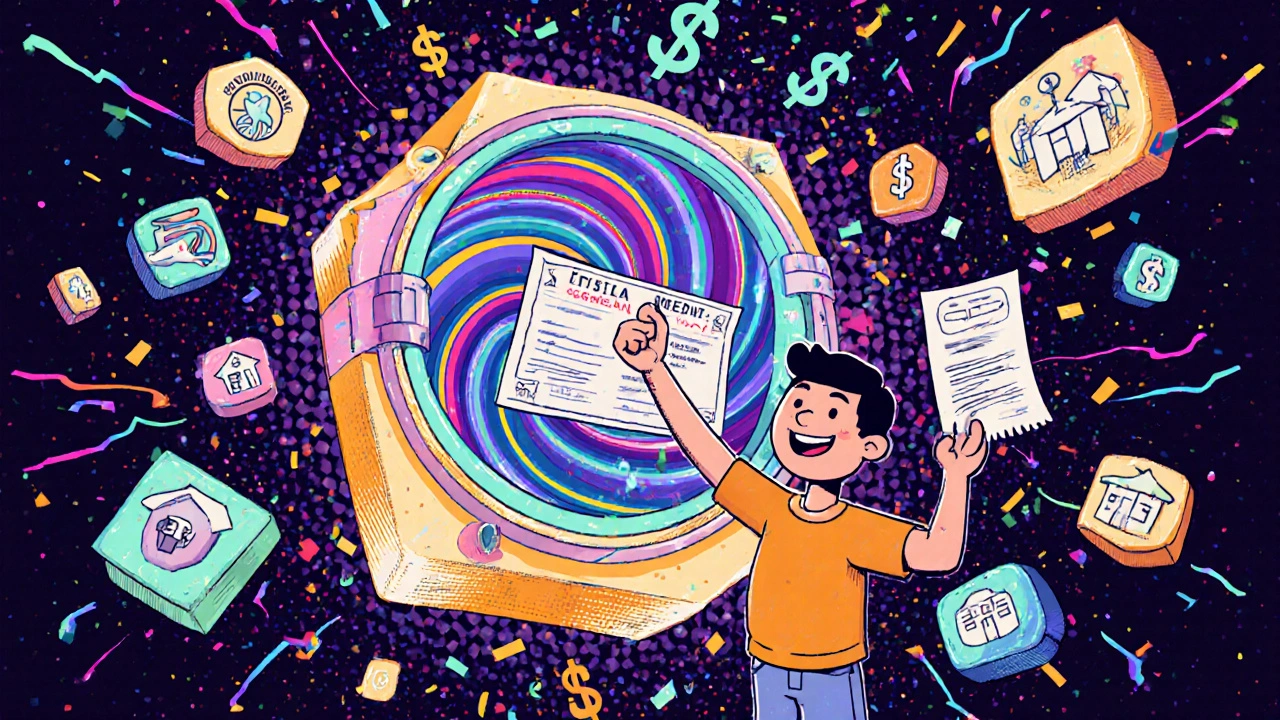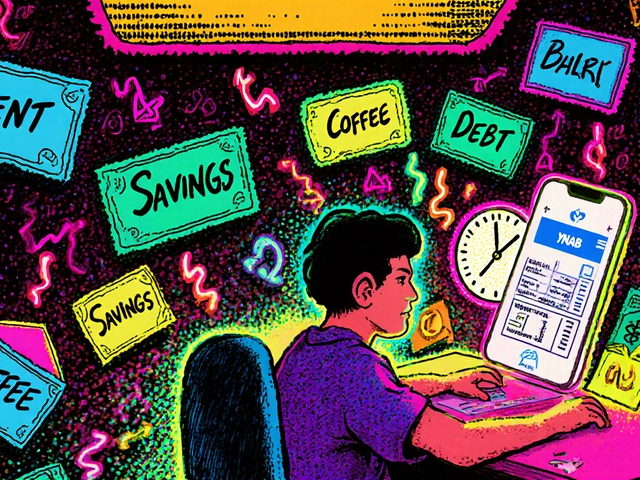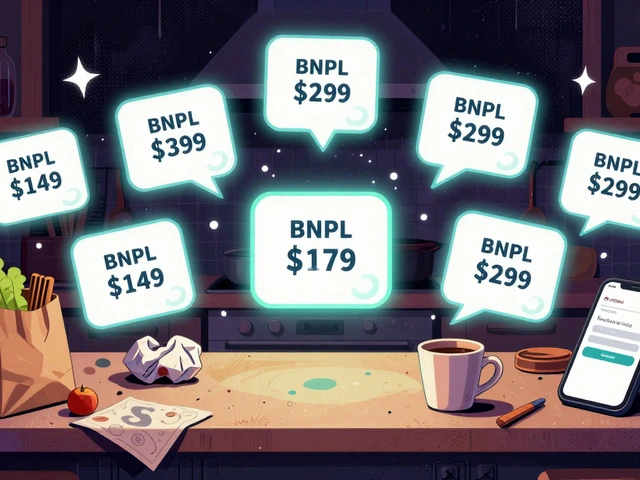DAF: What It Is, How It Works, and Why It Matters for Investors
When you donate to charity, you might think it’s just about giving money. But a DAF, a donor-advised fund is a charitable giving account that lets you make a tax-deductible contribution now, then recommend grants to nonprofits over time. Also known as donor-advised fund, it’s become one of the fastest-growing tools for smart investors who want to give more and pay less in taxes. Unlike writing a check directly to a nonprofit, a DAF lets you bundle donations, invest the money while it sits, and spread out your giving on your own schedule. You don’t need to be rich to use one—many platforms let you open an account with as little as $500.
Here’s how it connects to real investing: when you contribute cash, stocks, or crypto to a DAF, you get an immediate tax deduction for the full market value. That means if you sell a stock for a big gain and dump it into a DAF, you avoid capital gains tax entirely. That’s not charity—it’s tax strategy. And because the funds inside a DAF can be invested in mutual funds or ETFs, your donation can grow tax-free until you decide where to send it. This turns a one-time gift into a long-term giving engine. People who use DAFs aren’t just being generous—they’re being financially smart. The average DAF holder contributes $15,000 a year, and over 70% of grants go to religious organizations, education, and health nonprofits. But the real power? You control the timing. You can fund your DAF in a high-income year, then give slowly over the next decade.
It’s not magic, though. DAFs don’t pay you back. They don’t offer cash or returns to you personally. But they do give you control, flexibility, and tax savings that a simple donation can’t match. If you’ve ever held onto a winning stock too long because you didn’t want to pay taxes, a DAF solves that. If you’ve wanted to give more but didn’t know how to structure it, a DAF makes it easy. And if you’re tired of scrambling to document every small donation at tax time, a DAF gives you one receipt for everything.
What you’ll find below are real, no-fluff guides on how to pick the right DAF provider, how to contribute appreciated assets without getting tangled in paperwork, and how to align your giving with your investment goals. You’ll see how people use DAFs alongside retirement accounts, how to involve family in giving, and why some financial advisors push them harder than others. This isn’t about feeling good—it’s about doing better with your money, both for your future and for the causes you care about.





